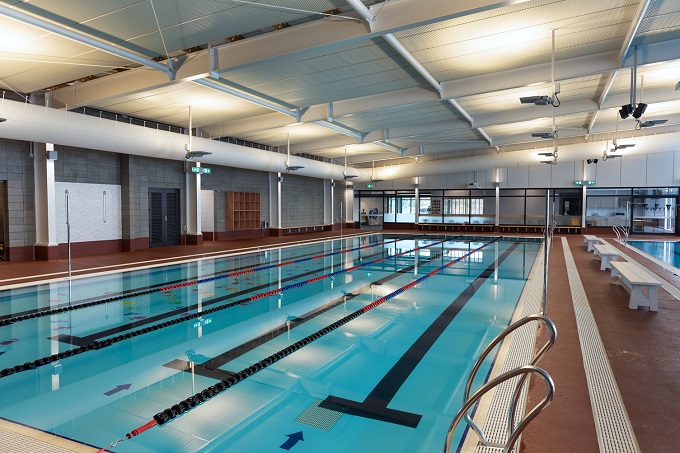Are maintenance costs jeopardising school swimming lessons?

Growing maintenance costs of ageing school pools are putting potentially life-saving swimming lessons out of the reach of thousands of Kiwi youth according to an industry expert.
According to the latest statistics 80 New Zealanders drown annually; and within the first three weeks of 2020, there have been eight preventable deaths.
Former Olympic and national swimming coach Mark Bone says swimming lessons from an early age are essential to reducing our national drowning statistics.
He says public schools are not building new pools and many of those already in existence may be decades old and need ongoing maintenance, with some estimates suggesting around 300 pools around the country have either closed in the past five years or are currently facing closure.
Bone who recently opened Swimtastic, a multi-million dollar swimming complex in Auckland’s eastern suburbs says the cost of running a school pool, along with the exposure to health and safety risks, have acted as a deterrent for many schools to maintain a swimming programme.
“It is a sad indictment of our education system that swimming is not currently compulsory within the school curriculum.
“My concern is that we are reaching a point where access to swimming lessons is driven by the decile level of the school, leaving thousands of our children without the resources to develop a fundamental life skill,” he says.
Bone says past Otago University research showed two thirds of school children in the study could not swim 100 meters.
Mike Purcell principal of Henderson High School says maintenance costs forced the Board to close their swimming pool at the end of last year.
“The school’s ageing pool and filtering system had been limping along for the last two years but it reached a crisis point at the end of last March where we needed to shut it for health and safety reasons.
“Keeping the pool viable was going to require a significant investment which may have ended our water-based programmes including the learn to swim programme, life saving courses, delivering the physical education curriculum and a range of other activities.
“A significant shortage of suitable alternative swimming pools in the local area meant almost 1,000 students would not have access to water safety programmes.
“A number of our students live near West Auckland beaches, which have a reputation as a high risk drowning area.
“We were fortunate to have been able to have found almost $45,000 in funding from local social enterprise The Trusts which meant we would be able to effect repairs and bring the pool back online from the beginning of the school year,” he says.
Amanda Cassidy spokesperson for ‘The Trusts’ West Auckland says their data shows a growing number of schools approaching them for funding for playground equipment and donations to cover their swimming pool maintenance in recent years.
“Meeting the needs of local schools represent a significant proportion of the millions of dollars we give back to community organisations annually, with more than $1.5m allocated to education groups in the past year alone.
“While we find it immensely rewarding to be able to provide the funding to help schools cover their capital costs, it is concerning to see an increase in the numbers needing support for what is an essential part of our children’s education and physical development,” she says.










Thanks for this important and interesting article/discussion. If anyone is interested we’ve just finished a new study at Otago Uni showing the benefits of teaching children water safety in open water environments. Happy to pass on more details if anyone wants them.